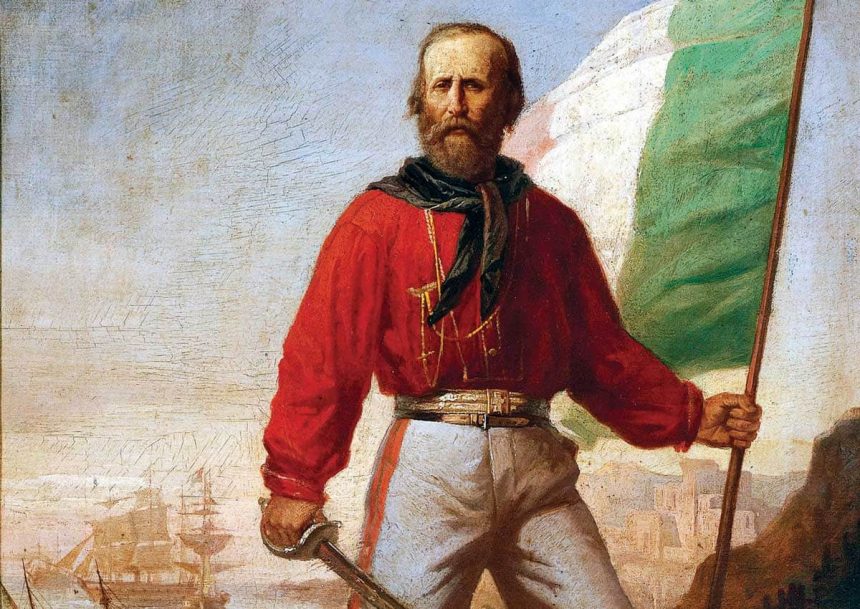Giuseppe Garibaldi: Unification of Italy (Risorgimento)
Giuseppe Garibaldi's lieutenant Nino Bixio suggested a retreat, but Garibaldi shouted back: "Here we either make Italy, or we die."

Giuseppe Garibaldi's lieutenant Nino Bixio suggested a retreat, but Garibaldi shouted back: "Here we either make Italy, or we die."

